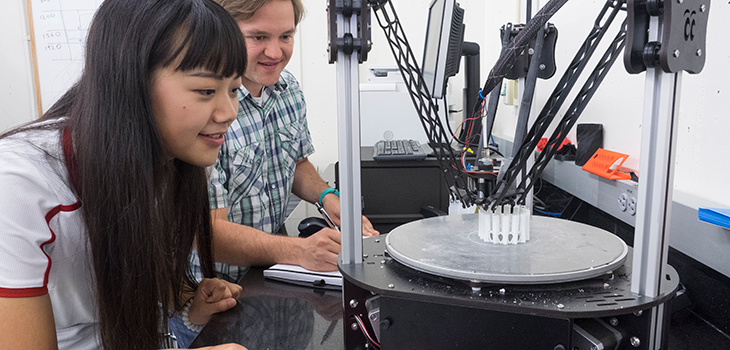Nov . 19, 2024 09:55 Back to list
Innovative Approaches to Traditional Steel Production Techniques in the Modern Era
Primitive Steel Making Techniques
Primitive steel making can be traced back to ancient civilizations, where the extraction and refinement of iron and its transformation into steel were pivotal in technological progress. The journey from iron ore to steel involved rudimentary methods, but these laid the groundwork for modern metallurgy.
One of the earliest techniques used in primitive steel making was the bloomery process. This method involved a simple furnace made from clay or earth, where iron ore—often accompanied by charcoal—was heated. The heat produced by the burning charcoal reduced the iron ore, resulting in a spongy mass of iron known as a bloom. This bloom still contained impurities such as slag, but it was a significant advancement over raw ore.
The temperature achieved in a bloomery furnace typically ranged between 1,100°C to 1,200°C (2,012°F to 2,192°F). This was sufficient to reduce iron oxides to metallic iron, but not hot enough to melt it completely. After the iron bloom was extracted from the furnace, blacksmiths would hammer it to remove slag and consolidate the metal. This process, called forging, imparted strength and ductility to the iron, making it suitable for tools and weapons.
Blacksmiths played a crucial role in primitive steel making, as they were skilled artisans capable of manipulating the properties of iron. By repeated heating and hammering, they could create wrought iron—a malleable form that was easier to shape and work with. However, it wasn't until the development of carburization techniques that steel as we know it began to emerge.
primitive steel making

Carburization is the process of adding carbon to iron to produce steel. In primitive settings, this was typically achieved by packing iron with carbon-rich materials like charcoal and heating it in a closed environment. This resulted in a low to medium carbon steel, which possessed improved hardness and edge retention compared to pure wrought iron. The introduction of steel revolutionized tool-making, as it allowed for sharper blades and more durable implements.
In addition to bloomery and carburization methods, proof of primitive steel production can be seen in ancient cultures, including the Hittites in Anatolia and the Chinese during the Han Dynasty. These societies developed their techniques independently, showcasing the widespread need for stronger materials in warfare and agriculture.
The transition from primitive steel making to more advanced methods, such as the blast furnace and crucible steel techniques, marked a significant turning point in metallurgy. However, the basic principles established by early civilizations remain foundational to our understanding of steel production today.
In conclusion, primitive steel making represents a significant chapter in the history of human innovation. Through techniques like the bloomery process and carburization, ancient peoples were able to transform raw iron into valuable materials that fueled their civilizations. As we reflect on these early methods, it is essential to recognize the ingenuity and resourcefulness that laid the groundwork for modern metallurgy and the advanced steelmaking processes we utilize in contemporary society.
-
Eco-Friendly Granule Covering Agent | Dust & Caking Control
NewsAug.06,2025
-
Fe-C Composite Pellets for BOF: High-Efficiency & Cost-Saving
NewsAug.05,2025
-
Premium Tundish Covering Agents Exporters | High Purity
NewsAug.04,2025
-
Fe-C Composite Pellets for BOF | Efficient & Economical
NewsAug.03,2025
-
Top Tundish Covering Agent Exporters | Premium Quality Solutions
NewsAug.02,2025
-
First Bauxite Exporters | AI-Optimized Supply
NewsAug.01,2025
